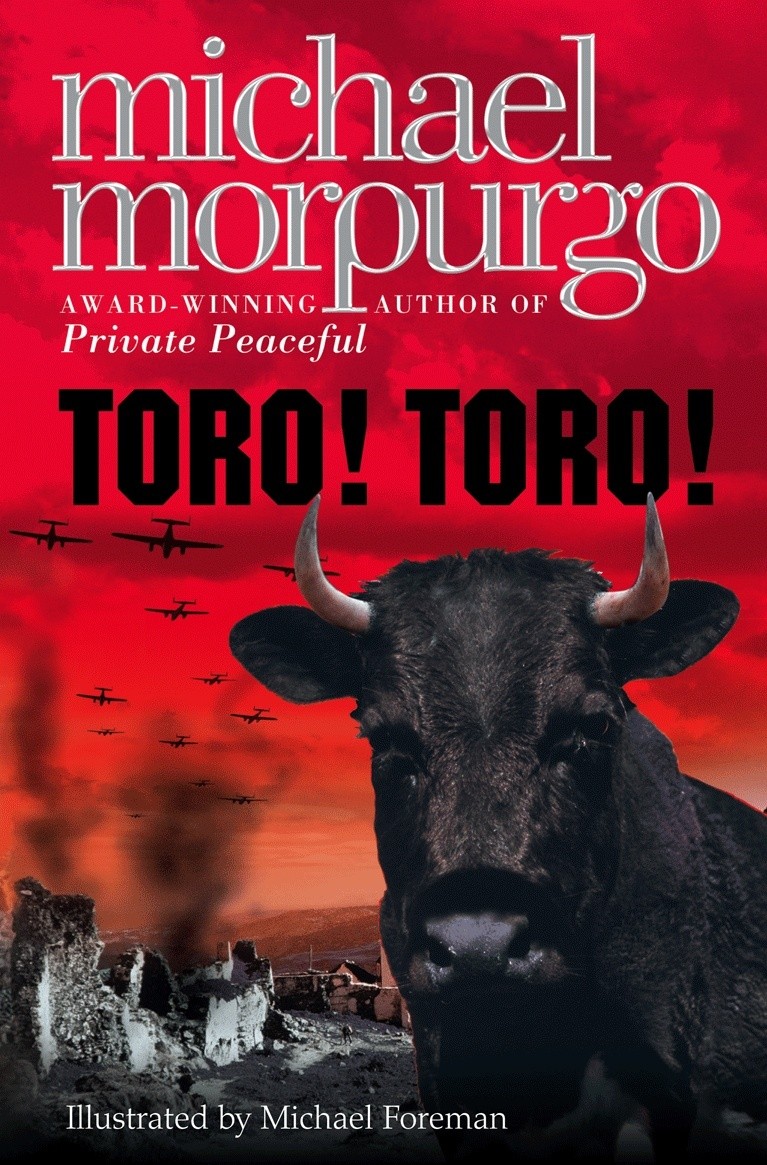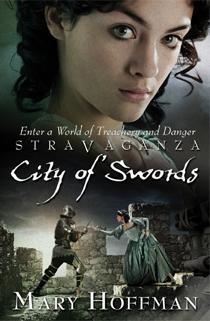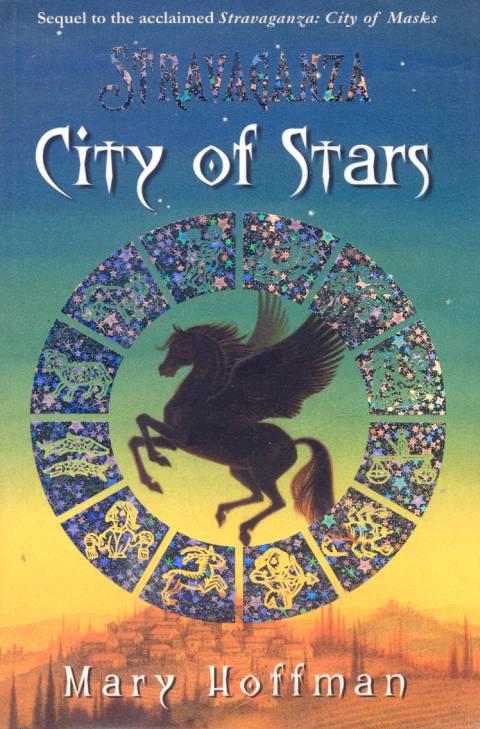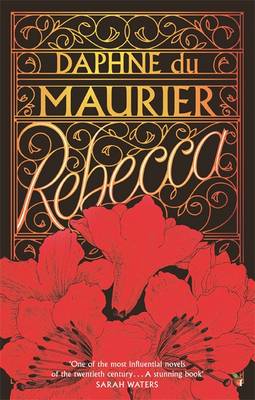‘There’s a multitude of stories (a mere handful, as I have previously suggested) that I allow to distract me as I work, just as the colours do. I pick them up in the unluckiest, unluckiest places and I make sure to remember them as I go about my work. The Book Thief is one such story’
And a poignant one. It is Liesel’s story, which starts in 1939 in the German town of Molching. The nine-year-old girl is sent to live there with a foster family and starts her new life on Himmel Street with encounters, friends, football games, school… and thievery, especially book thievery. But war is raging in the country and the rest of the world, and nobody is safe.
Although it might first appear like a rather conventional plot, Liesel’s story is undoubtedly moving. Is it because of the theme, which is at the same time emotional and terrible? Is it because of the touch of humour that characterises the narrator’s voice? Is it because of the poetic style of the considerations on the power of words? Is it because of the agreeable and light writing? Is it because of the characters themselves and their ability to survive even in the most desperate situations? Is it because of the unusual graphic design of the book? It is probably the sum of all these little details that make The Book Thief such an extraordinary and unique novel.
Most readers’ attention will probably first be attracted by the visual aspect of the book. The cover seems to be a good mirror of what will be discovered inside, and so are the back cover and its short summary: something plain, elegant, sad, and yes, intriguing and unusual. There are hundreds of books about the Holocaust, but this one is not like any I have read before.
The story is composed of ten main parts, which are themselves divided into short chapters. Each of them includes comments and precisions given by the narrator, sometimes with lists, bullet points, definitions or even sketches and drawings. The changes in font and style give an extremely attractive appearance to the novel. On the back cover summary, we are already given a good insight of what will be told and why… as well as a useful piece of information about the narrator.
Those who have started the book without reading this extract might wonder who is telling them the story. Who is that strange person who addresses us in a casual way and who is obviously not a human being, although he lives among them? It is nobody else that Death. The idea of choosing such an unconventional narrator was a masterstroke, as it offers various advantages. Of course, he is unusual and for that reason also attractive. Moreover, it enables the author to vary the point of view. Although Liesel’s story and that of her friends, enemies and family is the most important one, the dramatic events that are taking place in the world can simply not be neglected.
Markus Zusak wrote about the Holocaust, but rather than focusing on the camps or on battle scenes, he describes the lives of several rather conventional characters in a small town. He does not try to make us hate Hitler’s supporters or commiserate with the Jews. He describes the events and the characters and the reader is left to make up his own opinion. We can easily imagine that hundreds of other families had the same daily routine as the inhabitants of Himmel Street. Some were on the Führer’s side, others helped Jews… what is sure is that war had an important impact for all of them, even the ones who did not want to be involved, even the elderly people and the children… like Liesel.
Casting Death as the narrator enables shifts between global events and the particular situation of Molching, as well as an insight into various people’s lives, which would not have been the case if Liesel was telling the story on her own. Also, the time of the story is not linear: we have many flashbacks and shifts in the future, which captivate the reader’s interest from the first word to the last. Although we are given clues about event that are to take place later on, the suspense is kept all the way and we are always waiting for one more twists and turns in the plot.
Markus Zusak’s writing style is light and easy to read. We have the feeling that we are addressed directly and thus really involved in the story. The presence of several German words or sentences – and their translation, added in a simple and natural way, for those who do not understand this language – give a local taste to the description and take us straight to Himmel Street in the 40s. You do not read the story: you live it.
Several passages are moving and some contain a touch of humour which is welcome or even indispensable when you explore such a serious theme. The author uses a wide range of extremely meaningful images and metaphors, which successfully add to the depth of the story. The colours are important for Death, as you will discover in the first pages. The power of words is analysed by Liesel in a beautiful way as the story unfolds and will probably leave more than one reader with pensive thoughts.
The characters are all detailed and well developed. Liesel is clearly the heroin, but each of the characters she encounters has got enough space for his own personality to evolve and for the reader to grow attached to him: Hans and Rosa Hubermann, Rudy, Ilsa Hermann, Frau Holzstapel, Max Vandernburg… In my opinion, The Book Thief illustrates in an accurate way what happens at war. In a single town, on a single street, you will find a mix of people: soldiers, fanatics, neutral people who do not want to take sides, hidden Jews… and so do unexpected and unbelievable relationships form and develop. In a hostile universe, people have no choice but cooperate and trust one another… or at least try to. This is what wonderful stories are often made of.
The Book Thief is no fairy tale – although you will find at least one among its pages – and it does not finish with a ‘happy end’. The last chapters are tragic but nonetheless magnificent. Despite my great sadness when I discovered what happened to Himmel Street and its inhabitants, I must admit that this ending perfectly matches the tone of the story. Most readers will probably find themselves with tears rolling down their cheeks as the inevitable happens… and after more than 500 pages, they will be wondering how he reached the end of the story without even noticing it.
A wonderful, poignant novel which is unique in its genre despite the popular theme it deals with. A heart-warming Holocaust fiction like you have never read before!
_________________________________
Thank you so much Mum for lending me this wonderful book. It is probably one of the best ones I have ever read!













































